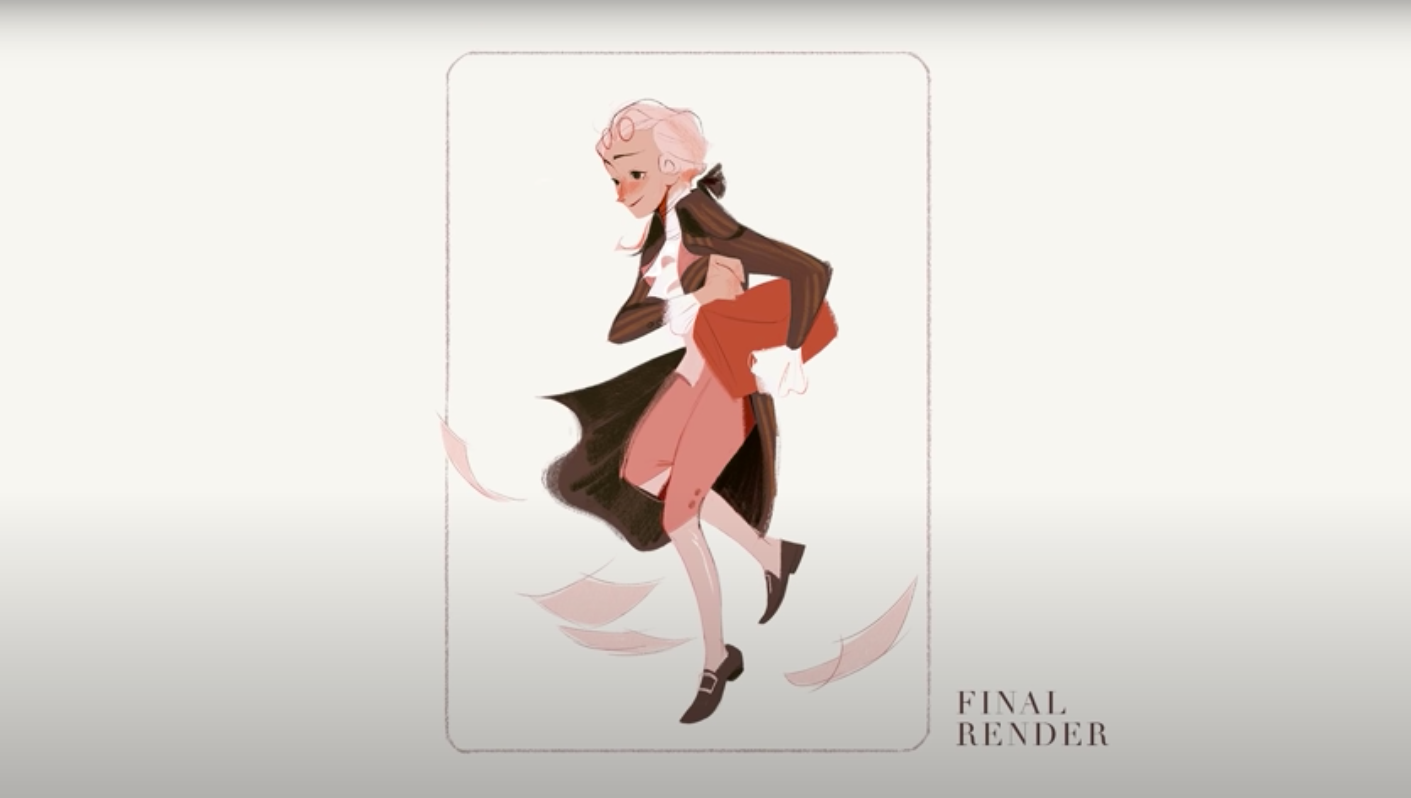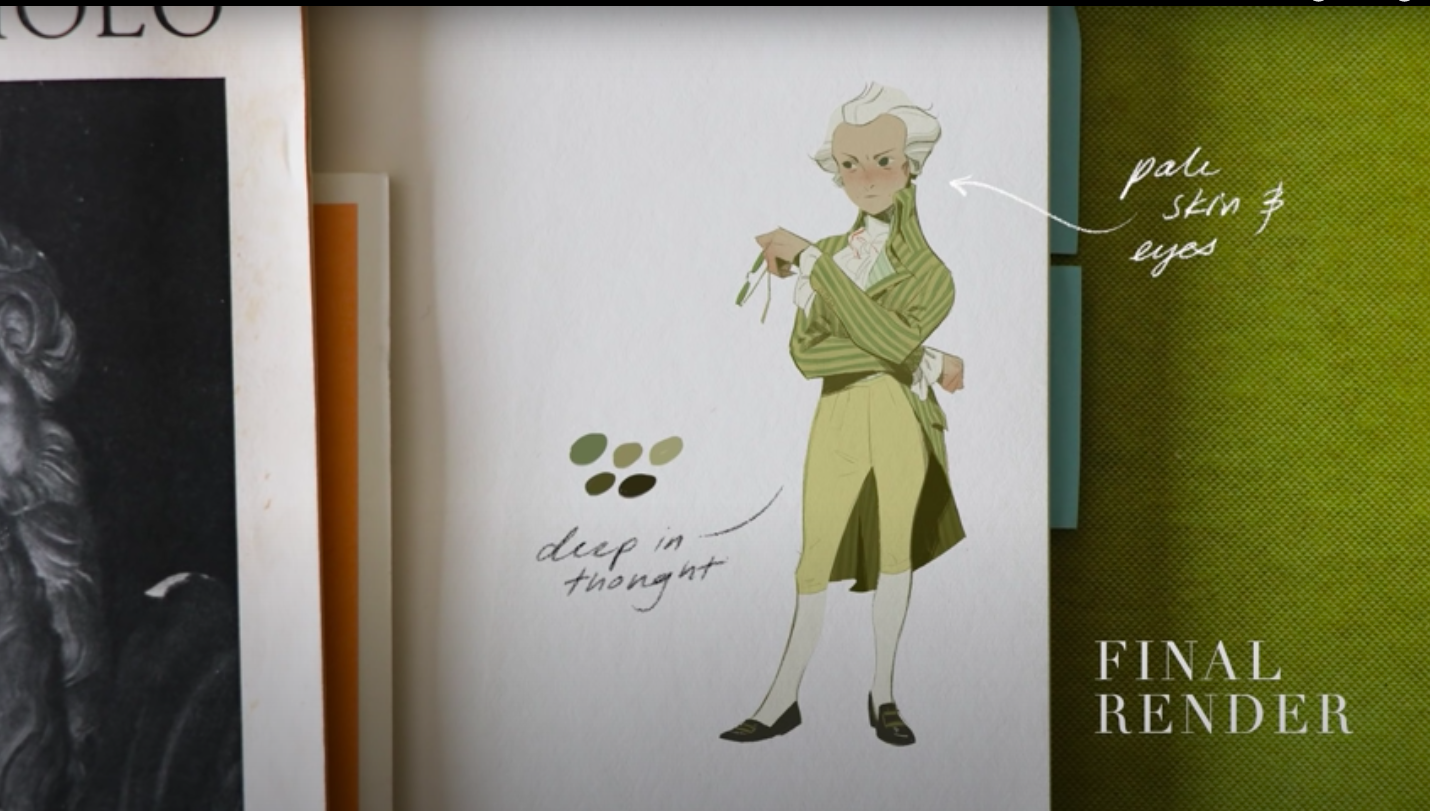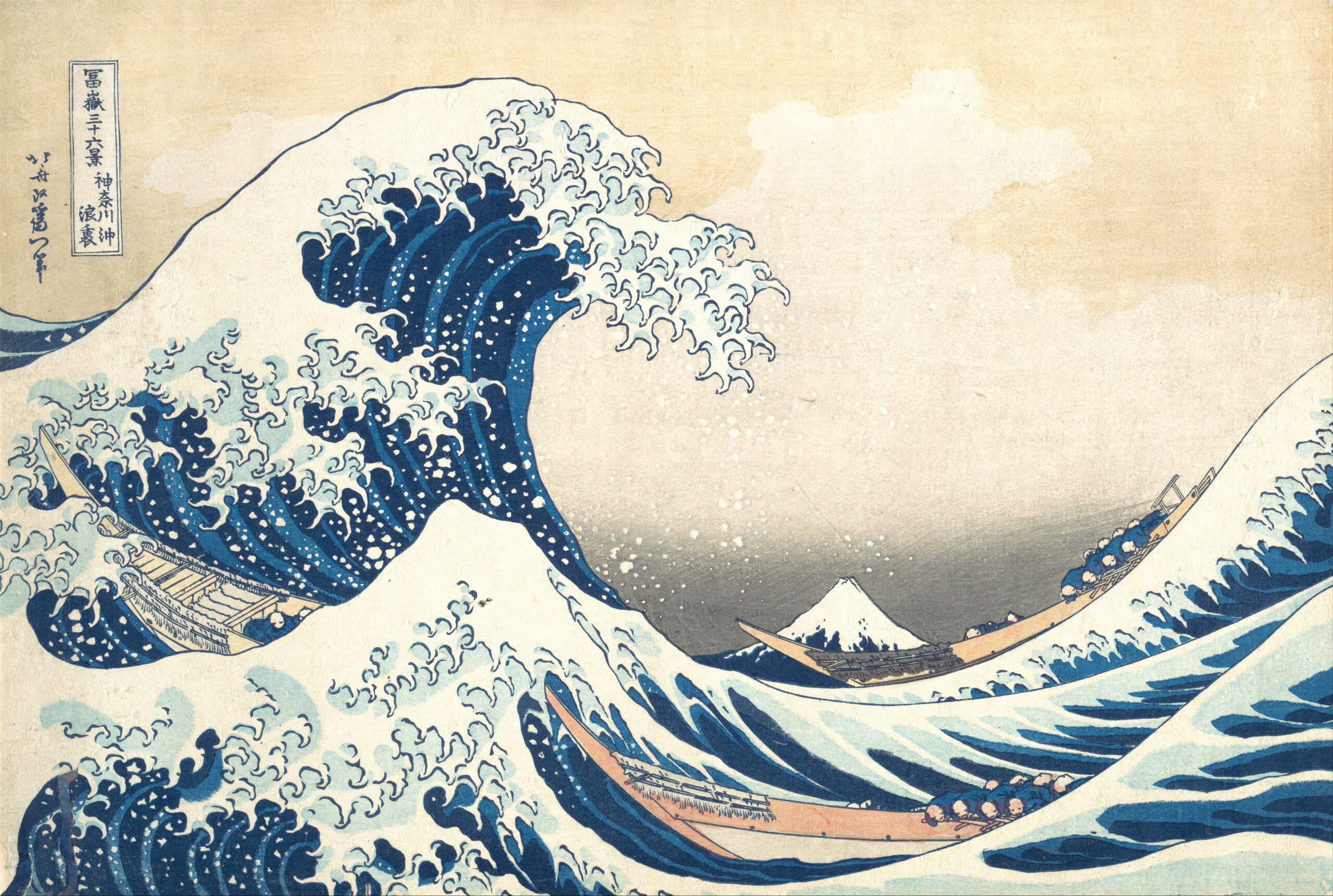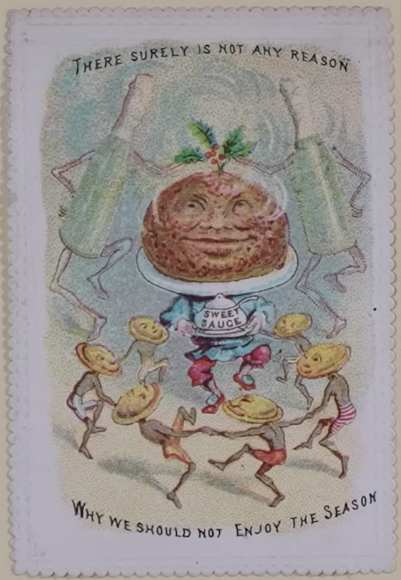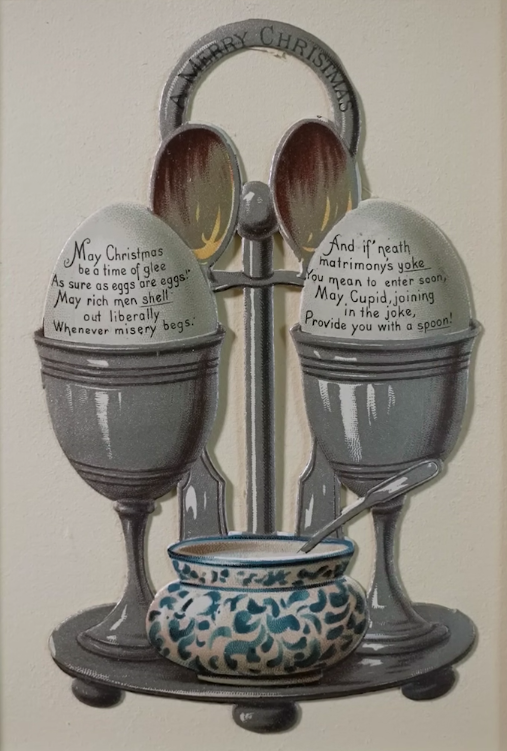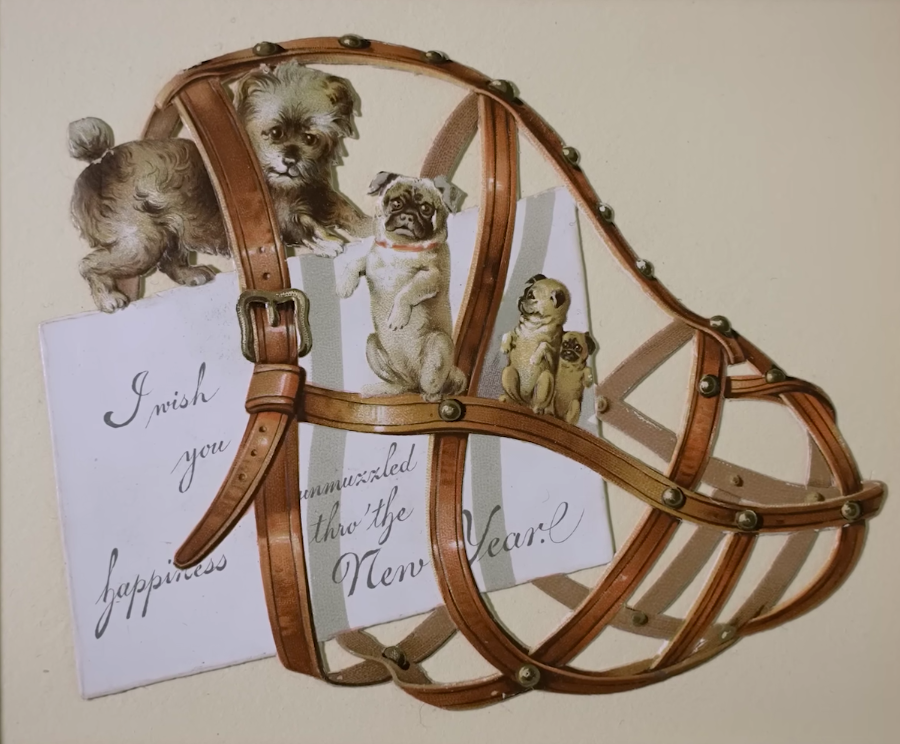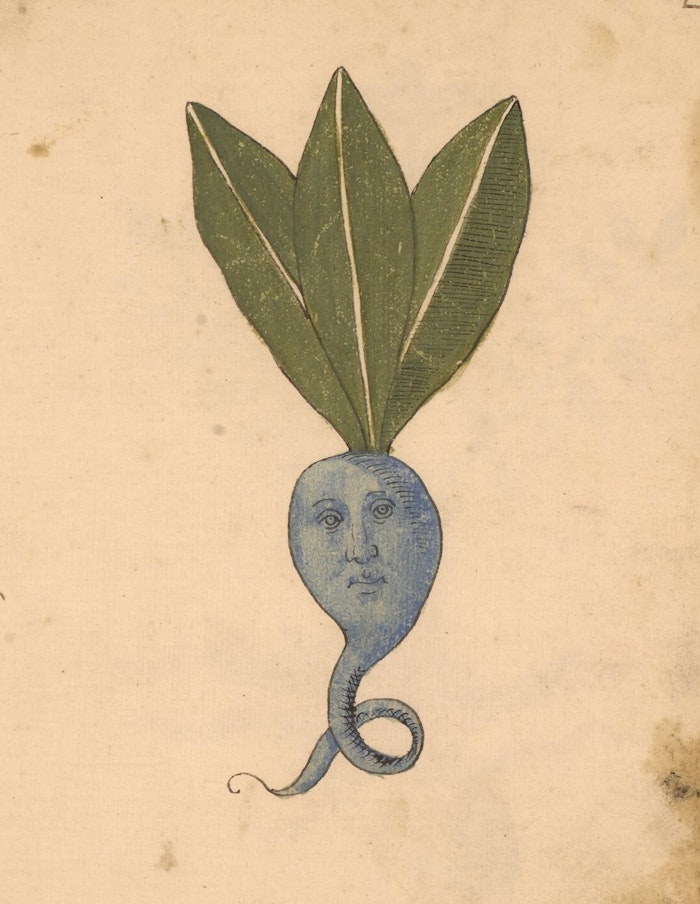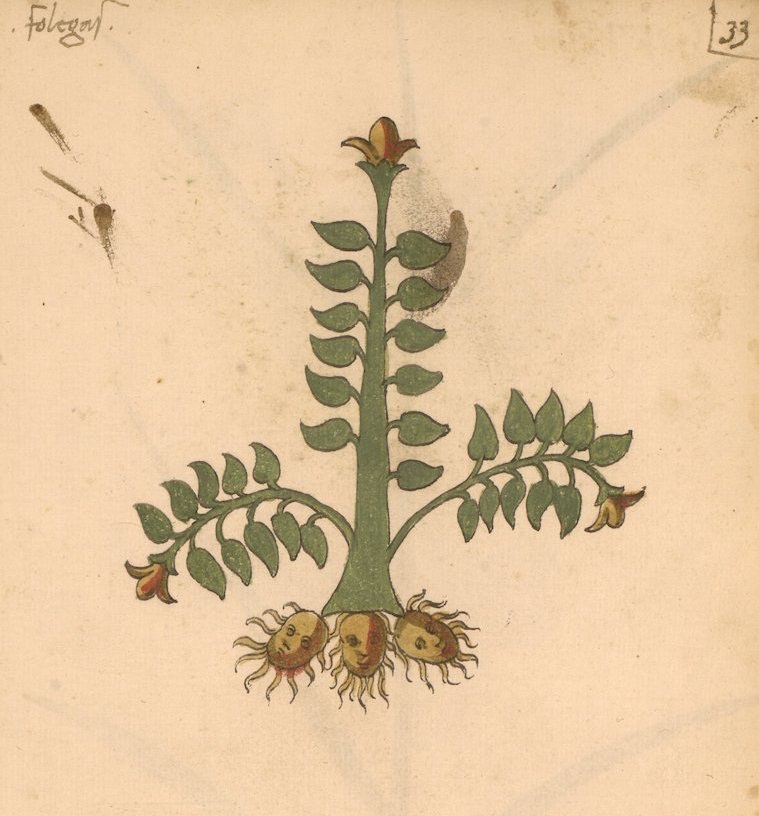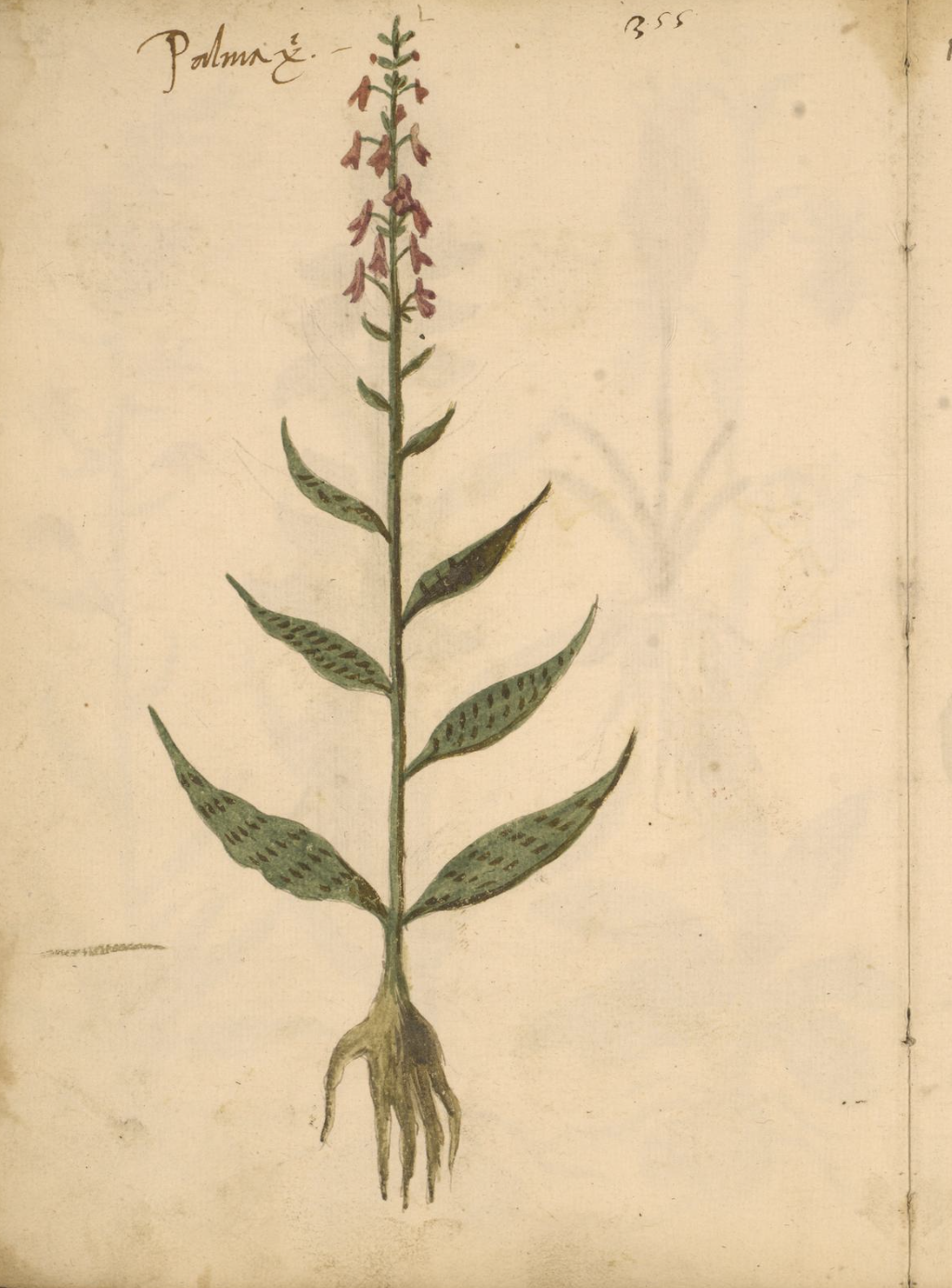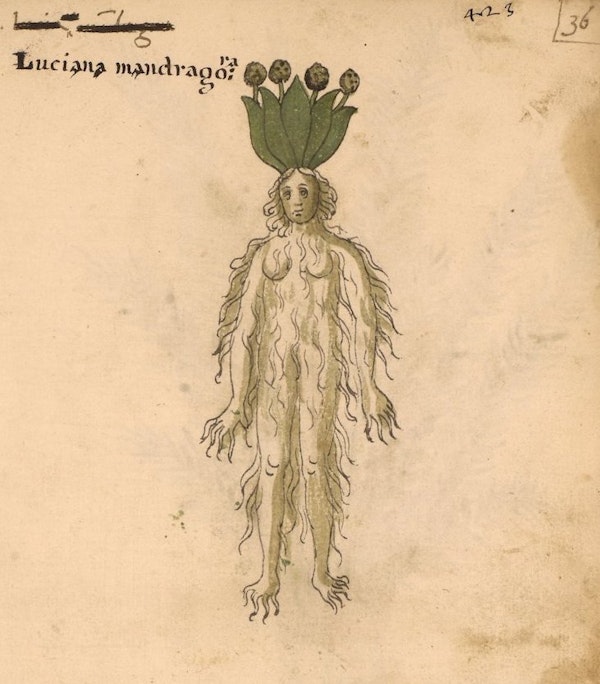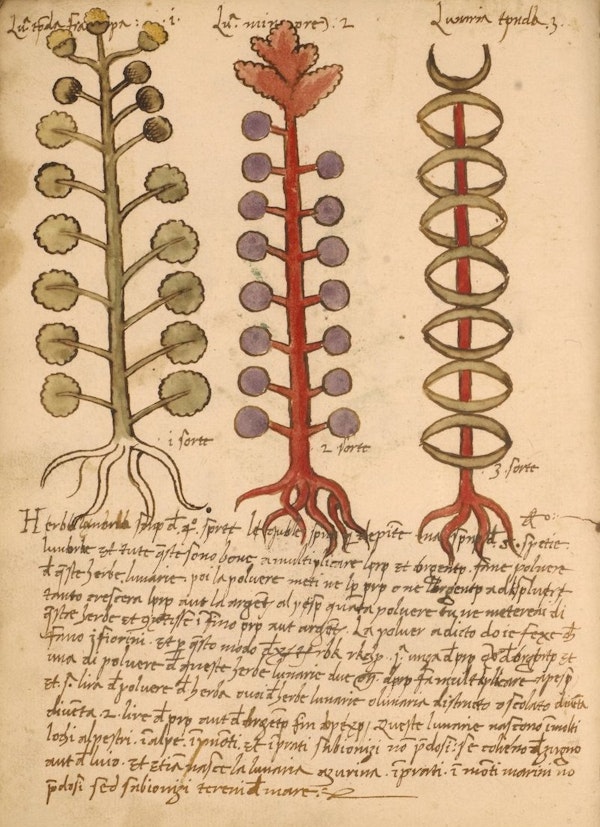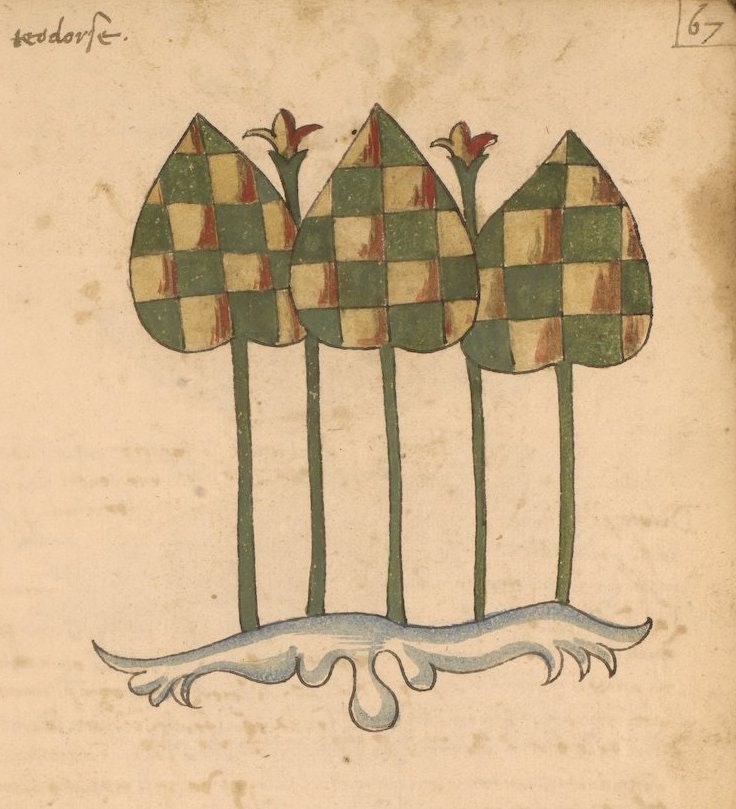Back in October, we featured the first of a planned series of videos on the “Black Paintings” created at the end of Francisco Goya’s life. Last week, the YouTube channel Great Art Explained completed the series and rolled them up into a 51-minute documentary, which you can watch above. It comes with this preface from curator James Payne:
In this full-length film, I look at Francisco Goya’s later works. At the age of 46, Goya suffered from a severe illness that caused loss of vision and hearing, tinnitus, dizziness, right-sides paralysis, weakness and general malaise. Although he recovered from a cerebral stroke which accompanied it, he went completely deaf. From this point on his work took a darker tone.
To understand Francisco Goya’s Black Paintings, we need to understand how he went from a popular well-loved royal portrait artist to painting deeply disturbing imagery on the bare walls of his house in total isolation.
His darker work was never really seen in his lifetime. His series of etchings known as Los Caprichos was withdrawn from public sale for fear of attack by the Inquisition, and his deeply pessimistic ‘Disasters of War’ was so gruesome and radical it had to wait until his death to be published. Even his masterpiece, The Third of May 1808, was censored by the king and hidden away.
His wife and most of his friends were dead and he had become isolated. He was 73-years old, sick, and completely deaf. His long life was coming to a close… BUT he wasn’t finished yet. The man who had once painted crucifixions, miracles, saints, and priests, now painted terrifying, demonic, raw and brutal works – works without even a hint of God.
His last years were spent in isolation secretly creating some of the most horrific images in Western art, The Black Paintings.
Using footage from my earlier short films, Goya Part 1 and Goya Part 2, I have added about 25 minutes of new footage to make this full-length film.
For more videos from Great Art Explained, visit their channel here.
If you would like to sign up for Open Culture’s free email newsletter, please find it here. Or follow our posts on Threads, Facebook, BlueSky or Mastodon.
If you would like to support the mission of Open Culture, consider making a donation to our site. It’s hard to rely 100% on ads, and your contributions will help us continue providing the best free cultural and educational materials to learners everywhere. You can contribute through PayPal, Patreon, and Venmo (@openculture). Thanks!
Related Content
The Most Disturbing Painting: A Close Look at Francisco Goya’s Saturn Devouring His Son
Art Lovers Rejoice! New Goya and Rembrandt Databases Now Online

